The Dhaka Times Desk Chichen Itza is a Mayan city located in Mexico's Yucatan Peninsula. Although an important tourist attraction in Mexico, it is no less important as an active archaeological site. Chichen Itza still reveals many unknown facts about Mayan culture and civilization. Although Chichen Itza was mentioned in the previous article about Maya civilization, now I will know about Chichen Itza in detail.
Where is Chichen Itza located?
Chichen Itza was located 120 miles from the resort town of Cancun on Mexico's Yucatan Peninsula. The name Chichen Itza originates from a Mayan term meaning "at the mouth of the Well of Itza". The Itzara were an indigenous group of Mayans who were a powerful population in the northern part of the Yucatan Peninsula, where the city was located.
Chichen Itza
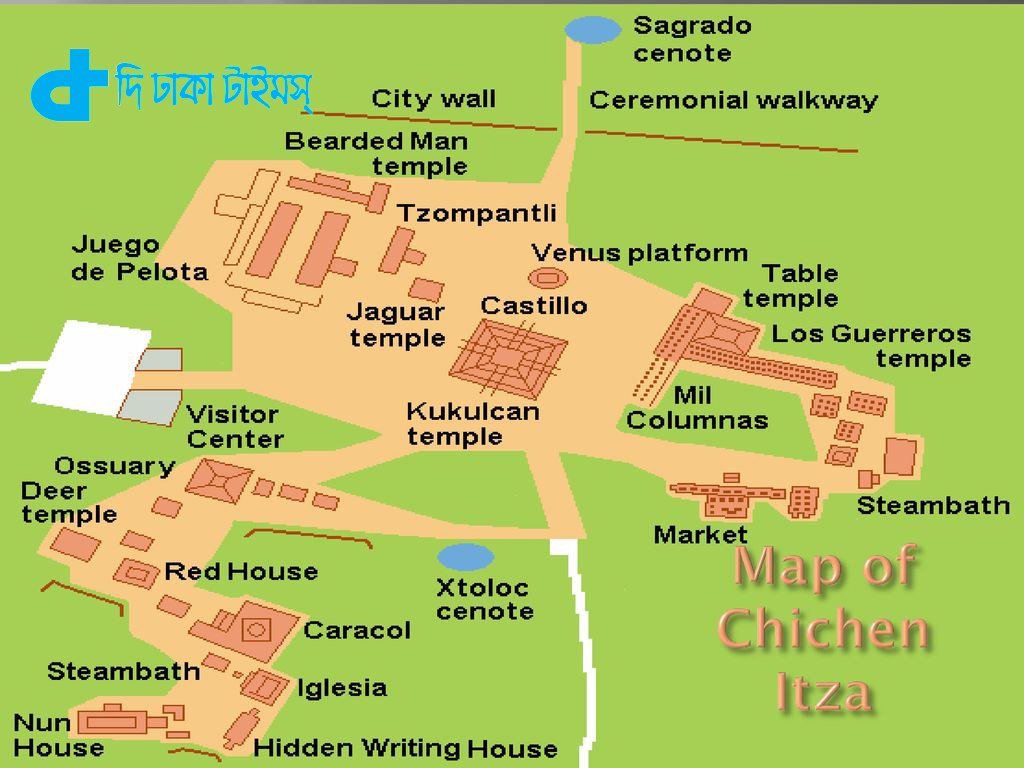
The wells mentioned in the city's name refer to the underground rivers that flowed throughout the area and were the main source of water for the city. It was this source of water that justified the location of the city of Chichen Itza.
History of Chichen Itza:
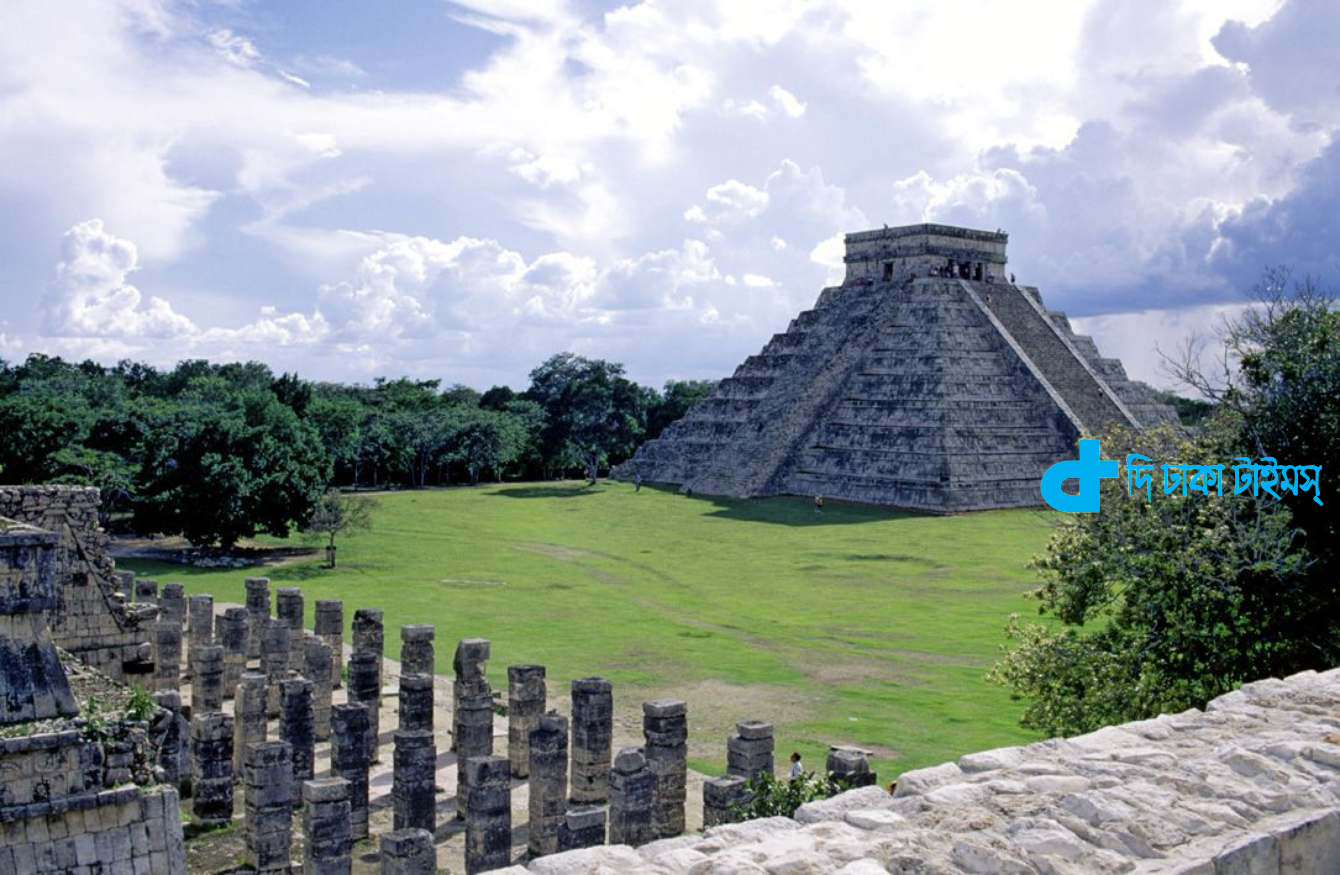
The ancient history of Chichen Itza is still unclear, however, it is clear that the city was founded during the Classic Period (250 AD-900 AD). After the fall of Teotihuacan, its people are thought to have settled in Mesoamerica, and that's when they came into contact with the Mayan tribe of the Itzas. The city was formed in a second phase when the Itza clan was influenced by the Toltec civilization. Chichen Itza was a thriving trading center with the port of Isla Caritos, and this is evidenced by finds of products from other areas in Central America—turquoise from the north, gold discs from the south, and glass sphere-like igneous rocks from the Isthmus of Tehuantepec. Cacao was cultivated at Chichen Itza, and probably the salt-making centers of the northern coastal areas were also operated from here.
When was Chichen Itza built?
Among those researching the history of Chichen Itza, there is disagreement as to when Chichen Itza was founded and how the city developed step by step. According to some, Chichen Itza was established as a center of political and economic power. Some studies date Chichen Itza's founding to the early 400s, while others date the city to the mid-5th century. And what is less debated among researchers is the importance of Chichen Itza to the political and economic activities of the Mayan civilization. Chichen Itza rose to this critical stage by 600 AD, and by then Chichen Itza had become one of the most powerful cities in the Mayan world. The spread of this city was about two square miles. The city was full of business centers and houses and various structures made of stone. Some distance away from the city of Chichen Itza was its own “village” where relatively small settlements existed.
The city of Chichen Itza can be divided into two parts and these two parts developed during two periods. The first part existed in the south, where the native Maya lived. The settlement was established during the Epiclassic period (800-1000 AD). "Pak" architecture and the presence of Mayan hieroglyphs can be observed in all the houses that existed in this Mayan settlement. The layout of the city was more extensive on a north-south axis than other parts, probably centered on the Jotolac Cenote, a water source.
Atlantis:
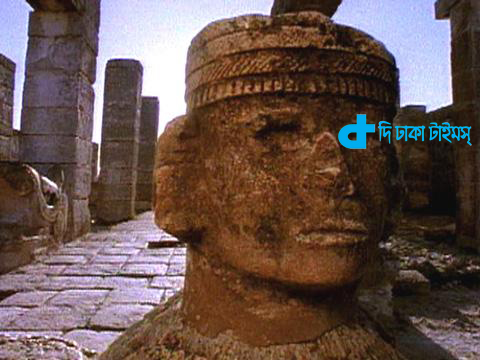
The second part of the city was built after the Epiclassic period i.e. 1000-1200 AD. Meso-American archeology surrounds this part of the city with no end of mystery and controversy. Built in the florescent style, the city bears the hallmarks of the Toltec civilization. According to the researchers, either the Toltecs occupied Chichen Itza, or the Itzas extended their empire further 1000 km from the capital Tula, or there was some kind of compromise between the two nations. Architectural and sculptural similarities between the two parts of the city include warrior pillars, quetzal-like winged rattlesnakes, sculptural costumes, chakmuls (sacrificial sticks in the shape of a reclining man), Atlantides (pillars in the shape of standing men), certain animal motifs. Built pillars, a yompantil (shelves for sacrificial human skulls), censers for the worship of Tlalak (the rain god), and some personal names mentioned in glyphs that have been found in both cities but none of which are part of the Maya civilization.
Chichen Itza-Holy Well
At the northern end of the city of Chichen Itza lies a large cenote (sacred well) of immense ceremonial and archaeological significance to the Mayans. It is widely believed that cenotes were given in honor. The cenote was dredged in the early 1900s and after the dredging, numerous valuables were recovered from the cenote which were made of gold, turquoise and precious stones. Human remains were also found in the well which bears witness to the presence of Norbali practices at that time. Researchers have found injury marks on the remains that indicate the human victims were killed before being dumped in the pit.
Chichen Itza as the capital
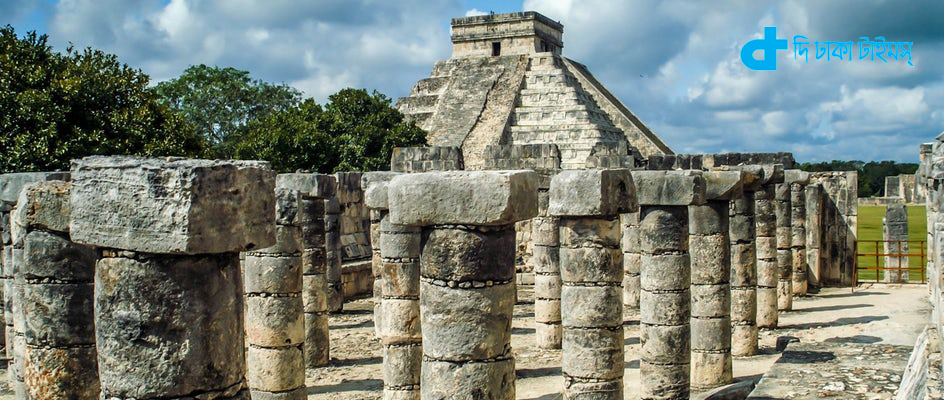
By the 9th century, Chichén Itzá had become the de facto regional capital, and its rulers controlled much of the northern and central Yucatán Peninsula. Due to the Isla Caritos port on the north coast, Chichen Itza became an important trading center for the import and export of various goods, including gold and precious metals, throughout the Americas. It is estimated that more than 50,000 people lived in this city. However, the city's population may have varied because people from outside the Yucatan came to live at Chichen Itza.
The Fall of Chichen Itza:
Chichen Itza lost its luster as an important city long before the Mayan civilization collapsed with the discovery of America by Christopher Columbus in 1492. According to archaeologists, the political and economic activities of Chichen Itza shifted to the city of Mayapan. Mayapan was a new city built in the mid-1200s to the south and west of Chichen Itza. Some evidence suggests that Chichén Itzá may have succumbed to looters at that time, making Mayapan the capital instead of Chichén Itzá. However, when the Spanish sailed to the Americas in 1526, several houses of Itza still lived in and around the city. And as a result, the Spanish sometimes used Chichen Itza as their capital.
Currently Chichen Itza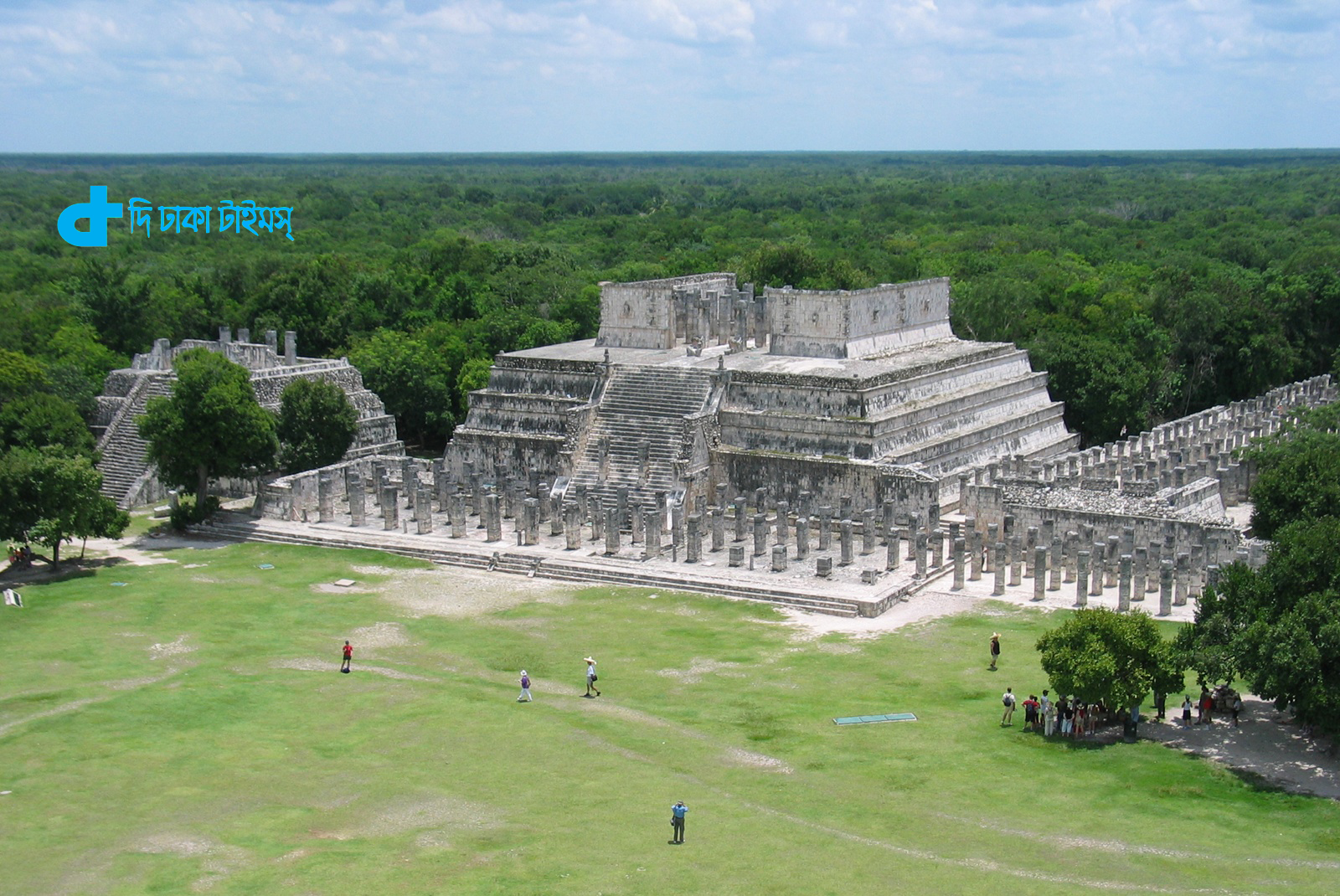
Chichen Itza became a meaningful and important archaeological site in the mid-1800s and remains so today. Many of the earliest remains of Chichen Itza still stand in glory. They are El Castillo, The Great Ball Court, The North Temple, The Steam Bath, Sekbe No. 1, Temple of the Warriors, Group of a Thousand Columns, El Mercado and El Osario.
Chichen Itza is visited by about 20 million visitors every year. Chichen Itza is a very important chapter in learning about Mayan history and culture. Researchers are still exploring Chichen Itza to uncover new information about the Mayan civilization.


